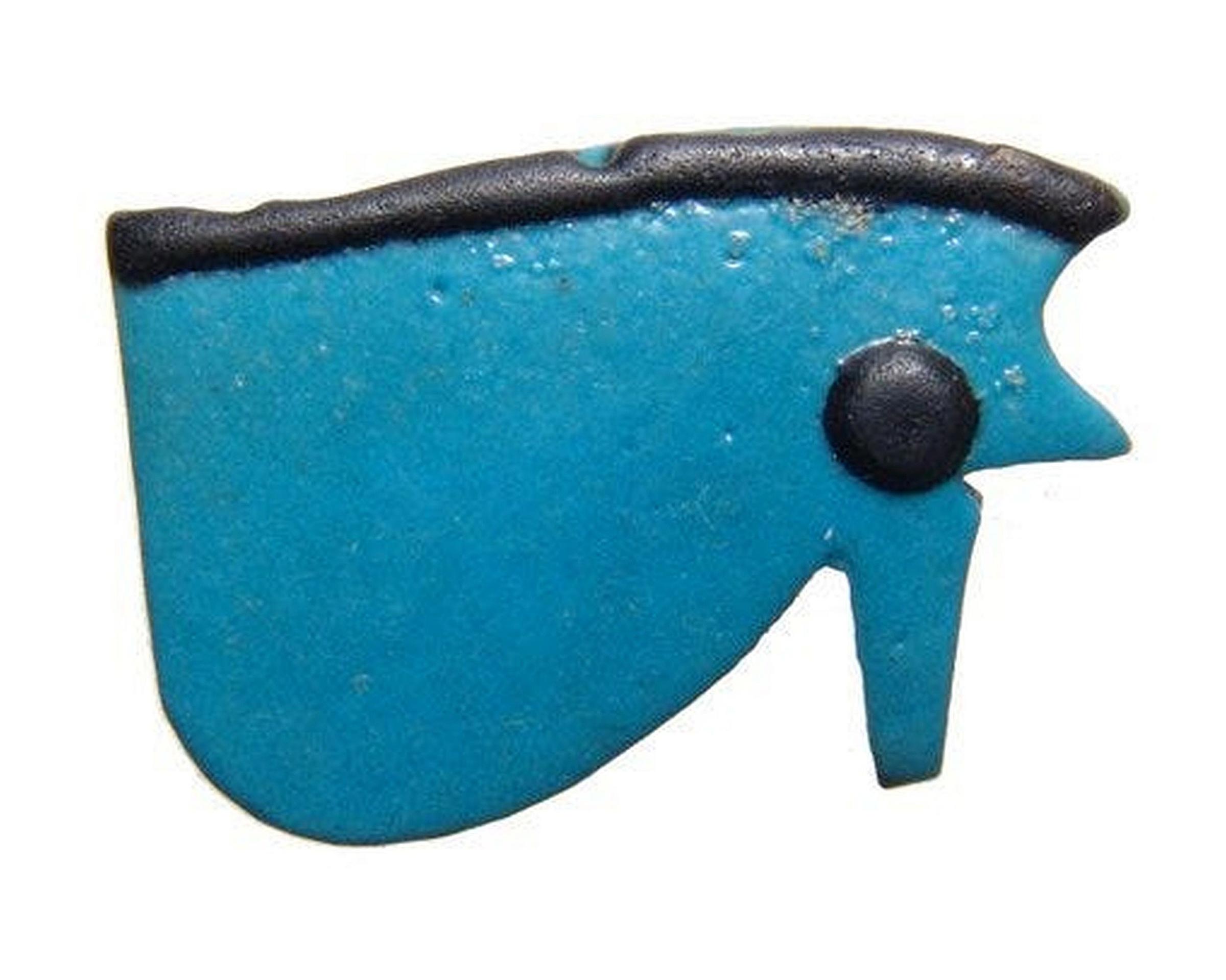
NEW YORK — Amulets are objects believed to magically ward off danger, bad luck or evil. Initially, people probably protected their families, flocks and possessions with roots, stone fragments, animal horns or shells associated with past good fortune. Over time, some were formed into symbolic shapes and figures. As civilizations evolved, ornamental ones, small enough to carry or threaded on neck or wrist strands, were fashioned from gold, gemstones, ivory, bone, bronze or bits of clay.
In Mesopotamia, amulets were sometimes classified by color. Creamy milk-stones, for example, reputedly insured copious amounts of mothers-milk. Sky-blue pebbles deflected evil. Green ones, like onyx and agate-stones swirled with eye-like orbs, averted the “evil eye.” Other stone amulets reputedly cured disease, promoted sexual desire, overcame enemies and deflected angry deities.
Mesopotamian royals, on the other hand, favored amulets made of fine, beaten gold. Since one alone could not divert all dangers, seen and unseen, they apparently wore several at once, each preventing a particular peril. During religious rites, they sometimes wore golden amulet-pendants to guard against overly intimate contact with divine mysteries.
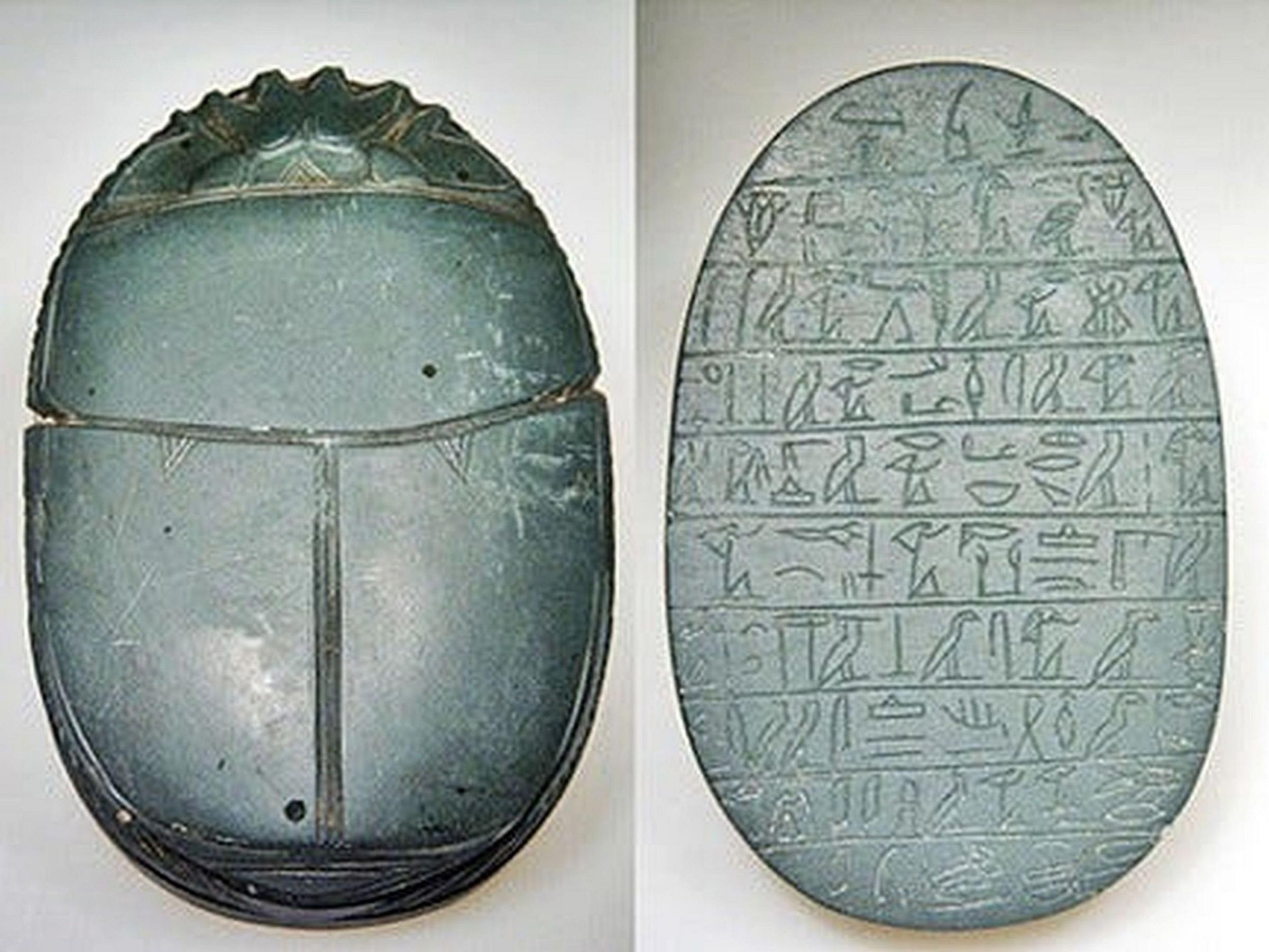
“The earliest Babylonian amulets which have appeared in the collectibles market,” explains Meron Eren, founder of Kedem Auction House in Jerusalem, Israel, “are clay ‘incantation’ dishes inscribed with blessings and holy words. From the fourth through the eighth century B.C., they were commonly buried, face down, under floors of homes — to eliminate demons.”
Many Egyptian amulets, cast from precious metal or carved from gemstones, resemble cats, fish, frogs, lions or hippos. Others, realized in bright green or blue faience, portray deities like Bes, Isis, Sekhmet or Thoth (the god of wisdom) in baboon form. Those depicting Horus, the falcon-headed god of the sky and Wedjat (the Eye of Horus), an ancient protective symbol, were also desirable.
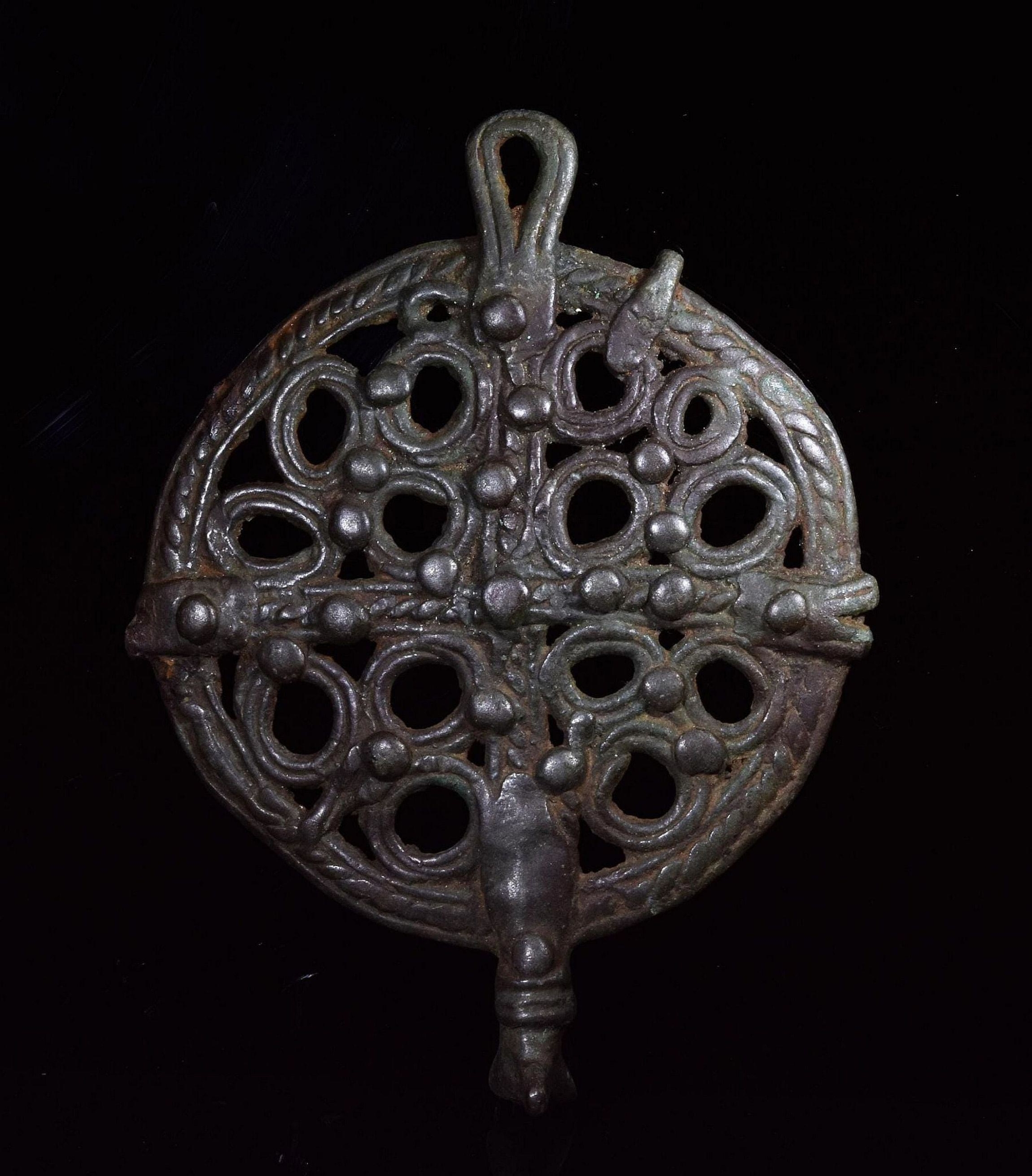
In addition, many Egyptians wore bracelets or necklaces strung with tiny scarab-beetle amulets, symbolizing the heart, birth and regeneration. Scores — wrought in steatite (soapstone), hardstone, bone, ivory, faience, glass or precious metals — not only resembled their earthly inspiration in shape and size, but also bore naturalistic eyes, antennae, mandibles and wings. Their flat bases, however, sometimes featured engraved hieroglyphics along with familiar images like jackals, serpents, river rushes or depictions of deities.
Egyptians believed that scarab amulets protected not only the living, but the dead — by easing their journey through the underworld. Thus, small, simple ones were sometimes tucked within mummy wrappings. Large, ornate scarab-breastplate amulets, inscribed with relevant drawings or spells, sometimes adorned mummies of more eminent people.
The Greeks favored bronze, hollow gold, and terracotta amulets, along with round, flat ones depicting familiar beasts like birds or boars. Gemstone seal amulets, featuring incised figures and text, were also popular. So were ones inscribed with abracadabra, an ancient spell warding off misfortune and disease, traditionally inscribed in a magical, inverted triangle:
A B R A C A D A B R A
A B R A C A D A B R
A B R A C A D A B
A B R A C A D A
A B R A C A D
A B R A C A
A B R A C
A B R A
A B R
A B
A
In ancient Rome, belief in protective amulets was nearly universal. The upper classes trusted tiny glass, ceramic, gemstone and precious metal charmers shaped like acorns, lunar crescents, sun discs, tortoises, hippos and male genitalia, to increase libido, fend off calamity, repel scorpions and neutralize poison. Others favored replicas of Egyptian scarabs.
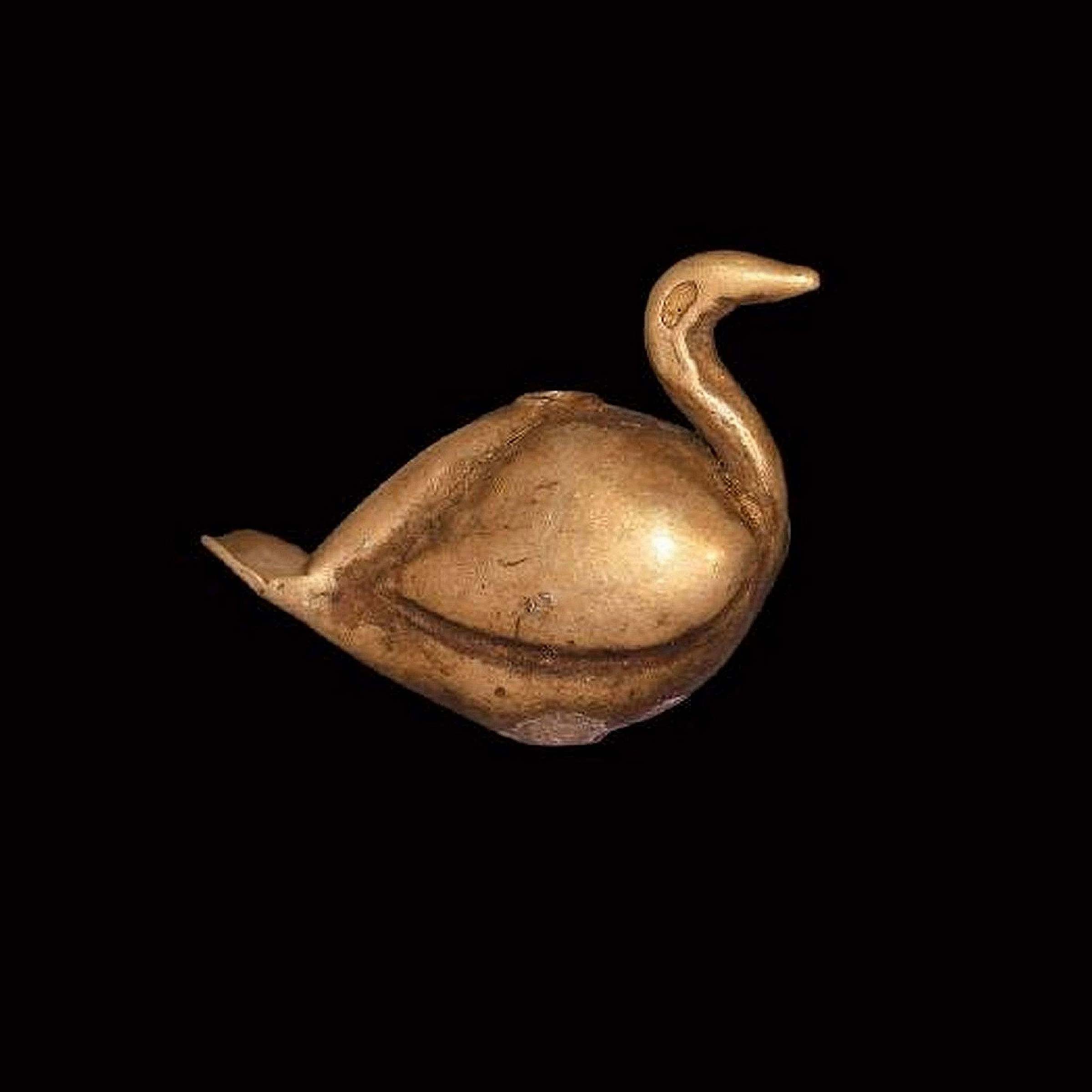
According to naturalist Pliny the Elder (first century A.D.), however, scores also relied on roots, coral branches, serpent eyes, spider cobwebs, “sinews of bramble-frogs,” and vulture livers (when used as directed) to cure anything from tertian fever, scrofulous sores and jaundice to “fantastic illusions.”
According to tradition, persecuted Roman Christians secreted fish-shaped amulets within their garments. Revealing them not only safely identified their beliefs but allowed participation in forbidden religious activities. Jews, permitted to live openly, tucked slips of parchment, featuring scriptural text, in amulets around their necks.

Archeologists recently unearthed a treasure trove in the Roman city of Pompeii, buried in the 79 A.D. eruption of Mount Vesuvius. In addition to gems, bone buttons, dolls and mirrors, it held numerous protective amulets — including scarabs, a skull figurine, glass beads engraved with images of a dancing satyr and the Roman god of wine, fertility and ritual madness, Dionysus.
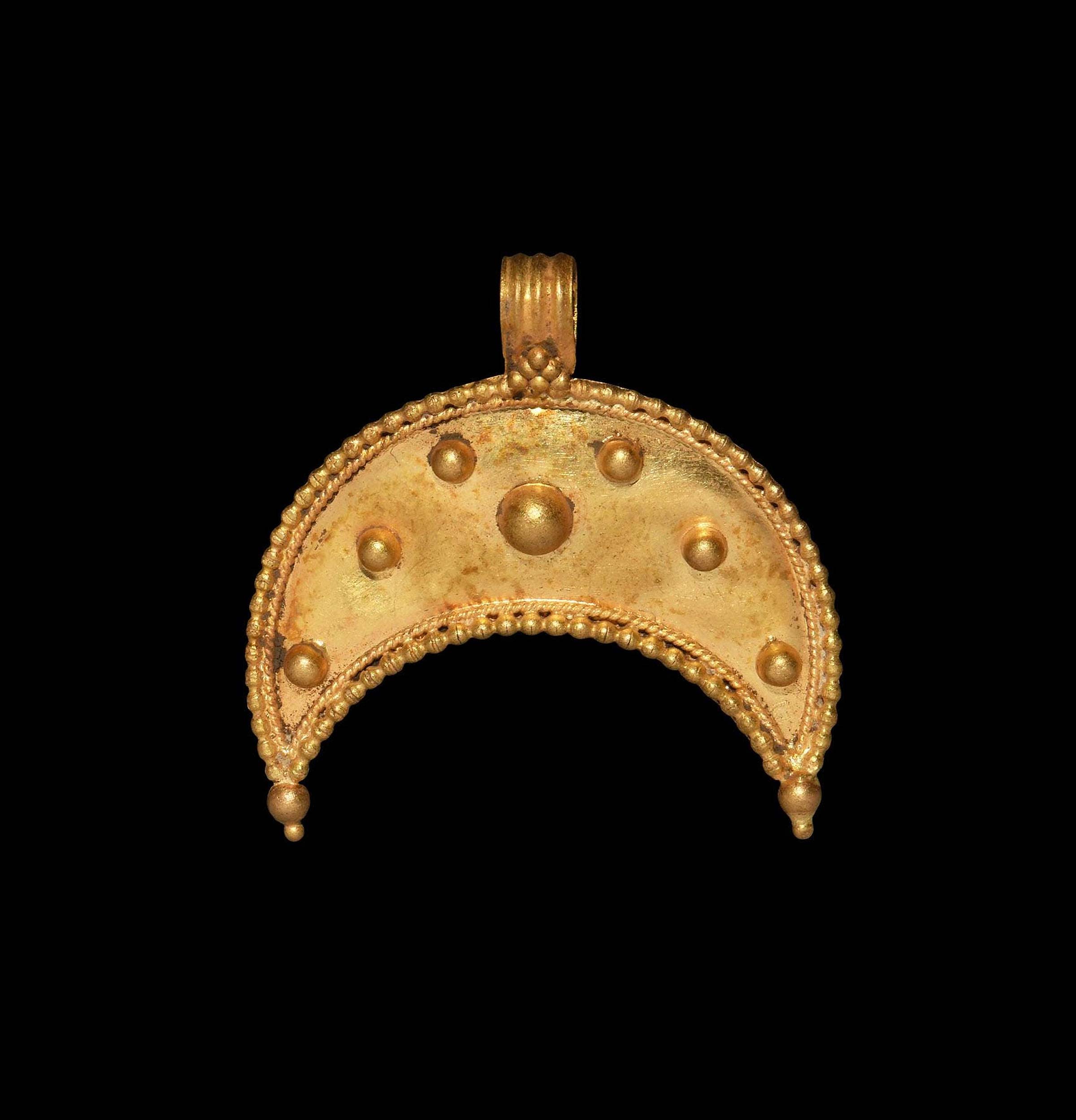
Poignantly, these finely crafted baubles did not alter the fate of Pompeii. And yet like all ancient amulets, they transcend the years, connecting us not only to the past, but to ourselves, our shared hopes and fears. Who among us does not fear disease, distemper and fright in the night?

